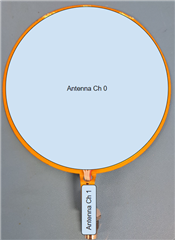Hi,
Has anyone seen the behaviour depicted in the attached images? The overall curve of the measurement is followed, but there clearly are oscillations coming from the readout.
We have 2 custom antennas hooked up to the LDC1614 and they are at rest in a room where nobody goes. Fluctuations are mostly due to temperature and thermal dilation of the antenna assy.
Anyone has an idea of where this is coming from?
Best,
Xavier





